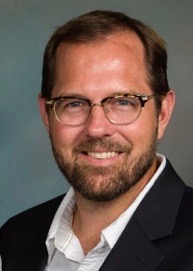September 17 marked the two-hundred-twenty-seventh anniversary of the signing of the US Constitution. No part of this document has occasioned more contemporary comment than the religious clause of the First Amendment. This week, Cornerstone contributors debate the following questions: To what extent were the free exercise and non-establishment clauses intended to protect faith-based associations or for-profit corporations as opposed to individuals?
By: Anna Su
Religious liberty claims of groups and collective entities appear to be the next front of the perennial American culture wars. After all, the recent Supreme Court decision in Hobby Lobby was the first to consider religious freedom claims of a for-profit corporation under a twenty-year-old statute, the Religious Freedom Restoration Act. And in an ongoing litigation, an erstwhile little-known non-governmental organization, Little Sisters of the Poor, has asserted its objections using the same statute to any form of connection with the contraceptive coverage under the Affordable Care Act.
Religiously-oriented groups and voluntary associations have long been a fixture of American public life since the Founding period. And yet today, far from being the enablers of liberty that they were at the time of Alexis de Tocqueville’s travels to the United States in the nineteenth century, such groups are now seen as potential rights violators either against their own hapless members or in discriminating against outsiders. Both inside and outside courts, religious liberty claims are now seen as pretexts for discrimination, not as the hard-won heritage of a long and broader historical struggle.
What changed?
One explanation is that the zeitgeist changed. In his Bancroft prize-winning book, Age of Fracture, Historian Daniel Rodgers explored the unruly and multifaceted terrain of various ideas that emerged in the 1970s and profoundly shaped the world we live in today. The main feature of that terrain was one of disaggregation and fragmentation. The dominant ideas were those of individual choice and agency. And those intellectual developments were as strongly felt in the realm of American religion as in the economic realm. The culture wars, for instance, began as a conservative attempt to swim against the rapid tide of social change, holding certain norms at bay such as those of gender roles and traditional conceptions of the family. The influx of ethnic communities with different religious affiliations and with varying religious claims likewise radically reconfigured the new religious landscape.
It is a matter of fact that we live today in a world largely built on those ideas. Even traditional institutions such as churches have taken on modern trappings, as seen in the rise and popularity of megachurches, which are run more like large corporations than as religious organizations. Churches also provide essential social services that were once within the sphere of the government. Despite these apparent crossovers, churches and other similar religiously-oriented voluntary associations nonetheless present themselves as a kind of sanctuary that is simultaneously within and outside society. And in a society suffused with market metaphors, they provide an attractive and meaningful source of self-definition and a medium for collective goal-seeking and search for meaning.
An interesting offshoot of this attempt to engage and grapple with the thorough disaggregation of society is the use, out of all possible modern inventions, of the corporation to assume the work that was erstwhile traditionally associated with churches such as charitable efforts and philanthropic giving. This blurring of lines between what is considered to be spiritual and social, or between the spiritual and economic, thus makes any attempt to categorically distinguish between them an untenable pursuit. The same age that has elevated the idea of modern equality to prominence in US social and political discourse is also the one that has made these spheres less distinct.
The challenge, therefore, is how to encourage and foster social solidarity within these intermediate institutions and groups—churches, voluntary expressive associations, and, yes, even corporations with a religious inclination—without sanctioning coercion. Defending the value of groups and institutions is not to argue for impunity, but rather it is a plea for a respectful dialogue on pluralism.
This is where courts come in. Perhaps there is no other provision in the Constitution that is given more life by its framing history than the Religion Clause of the First Amendment. But the Religion Clause—that is, the Establishment Clause and the Free Exercise Clause—does not only exist for use in court decisions, but it is also continually interpreted outside of them by the people who inhabit this country. While the Supreme Court makes definitive rulings, popular mobilizations around decisions and the meanings they give to them overlap. Law provides the general background, but when it comes to intractable questions such as matters of religion and individual and collective self-definition, politics should not be far behind. Courts should resolve disputes with an eye towards the larger processes of politics. The value of judicial review in a world where separate communities with their respective normative universes are nonetheless required to coexist in one society under one Constitution is that it can ensure cooler heads prevail; thus, judicial review keeps the conversation going for the foreseeable future.
It is a symptom of the Age of Fracture that we have come to such a diminished sense of history. At the time of the Constitution’s ratification, disestablishment was the exception, not the norm. The separation was not intended to marginalize religion, but rather to help it flourish. The exceptional, if radical, nature of the American experiment—its democratic foundations—made the relation of religion to government quite central to the national experience. To be sure, the system as practiced then was not without its flaws, but it offered great promise.
And it still does today. To celebrate the achievements of that constitutional experiment 227 years later is to require something of everyone who has a stake in the continuing viability of that experiment: for the government to recognize the limits of its reach, for courts to engage in careful and measured adjudication of disputes, and for people of differing persuasions to undertake the responsibility of mutual recognition and respect.
The times might have changed, but the challenge of coexistence is as pressing as ever.
Anna Su is assistant professor at the University of Toronto Faculty of Law.
This piece was originally authored on September 15, 2014 for the Religious Freedom Project at Georgetown’s Berkley Center for Religion, Peace, and World Affairs.
THE RFI BLOG

How Soccer Reveals Different Meanings Of ‘Secular’ In France And The US
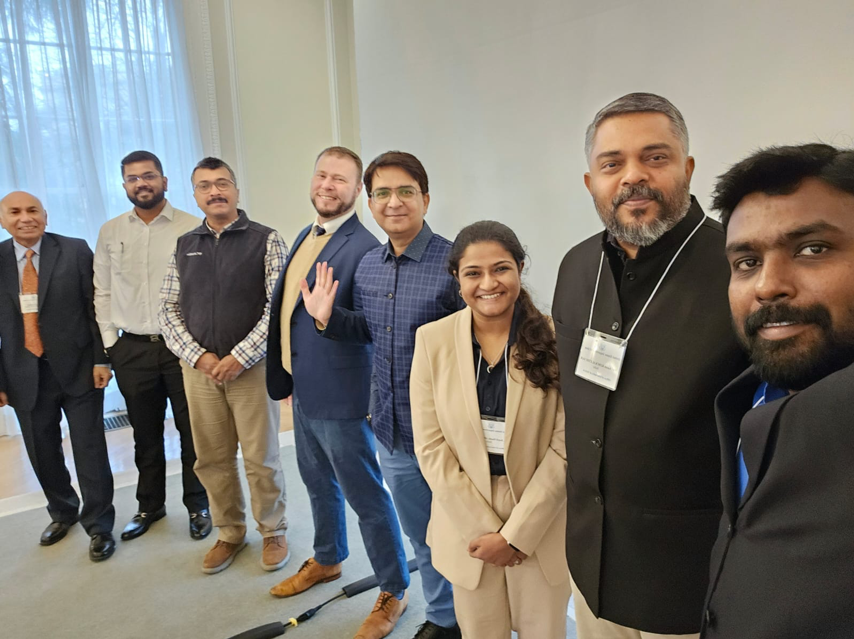
RFI’s Ismail Royer Meets with Delegation from India
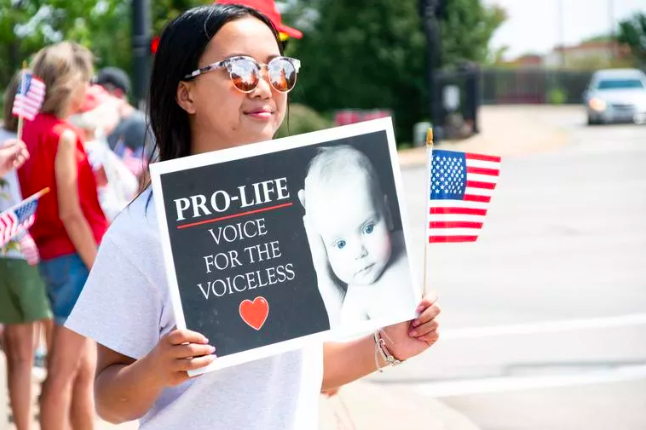
Protecting the Unborn, Mothers, and Medical Ethics: The Stakes of Arkansas’ Amendment
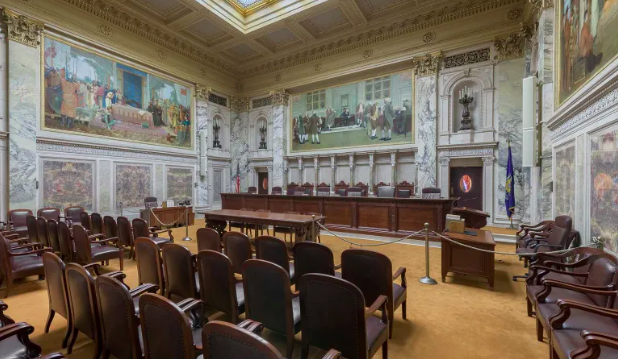
Wisconsin Supreme Court Punishes Catholic Charities for Serving Everyone
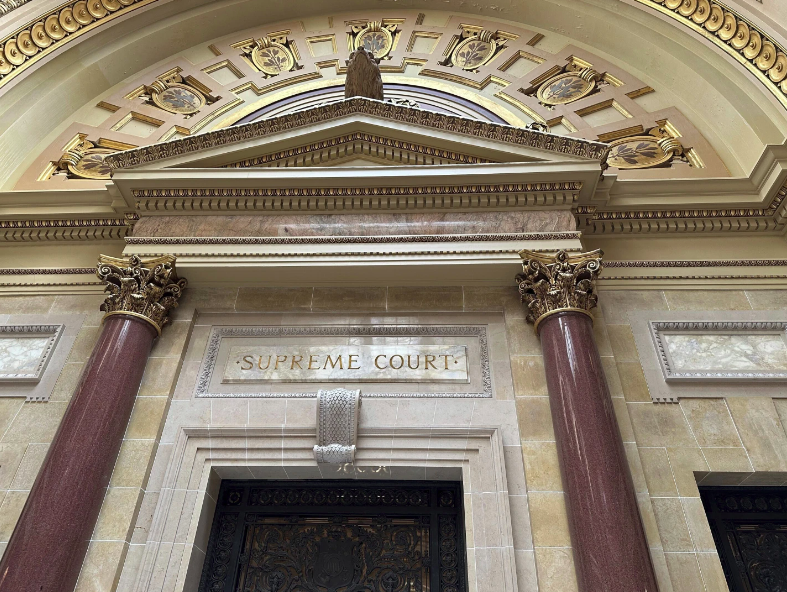
Wisconsin Supreme Court Decision Truncates Religion
CORNERSTONE FORUM

Public Bioethics & the Failure of Expressive Individualism

Religious Liberty in American Higher Education

Scotland’s Kate Forbes and the March of Secularism

70 Years of Religious Freedom in Sweden: Prospects and Challenges
